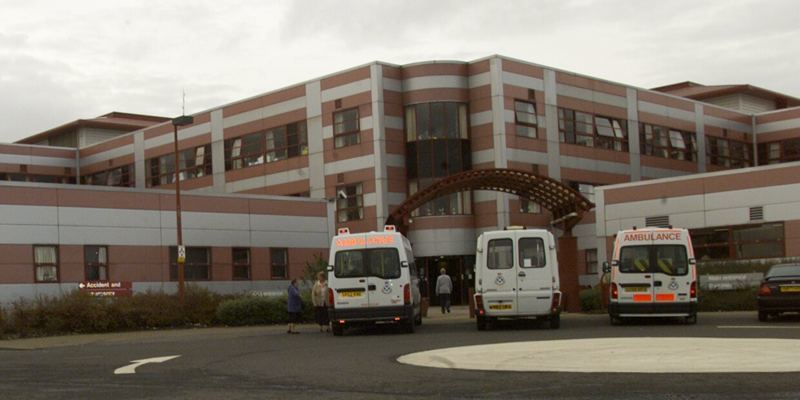The palliative care ward at a Fife hospital could be set to shut as NHS Fife seeks to find £13.5 million of savings, it has been revealed.
The £13.5 million savings being sought by NHS Fife is 3% of its overall £636 million budget and follows substantial cost increases.
Although the board was allocated a budget by the Scottish Government, which was 1% higher than in 2010-11, rises in the cost of drugs, VAT and national insurance, combined with an ageing population, has led to members drawing up “challenging savings plans.”
NHS Fife chairman, Professor Jim McGoldrick, said, “We are facing a very difficult financial climate. While the NHS has been protected within overall government spending, the financial pressures on us mean some very tough decisions are needed.
“Balancing the books in 2011-12 will not be easy the status quo for most services is not an option and we need to drive out savings wherever we need them.”
He added, “The decisions confirmed today make clear our determination to use the money given to us wisely, to protect services as we make the change needed for the future and to do so in partnership with our staff whose hard work and commitment maintains the NHS we all use.”
Other savings being looked at include managing staff absence, expanding on joint purchasing with other health boards to drive down prices, bringing all surgical admissions into one place through the creation of a single surgical assessment unit, reducing management costs and improving waste management systems.
Professor McGoldrick said despite the cost-cutting, the board was continuing to invest for the future, and added, “The new wing at Victoria Hospital will provide modern facilities for the people of Fife with some of the most modern technology available in Scotland.”
Other investments include the upgrade of Kirkcaldy health centre, the near completion of Adamson Hospital in Cupar, the opening of two new wards at Stratheden Hospital near Cupar, the opening of two wards at Lynebank Hospital in Dunfermline and the building of two new dental centres in central Fife.
Ward 16 at Queen Margaret Hospital, Dunfermline, has been earmarked for closure and it has been suggested that patients requiring treatment to relieve symptoms of often life-threatening illnesses should be transferred to Kirkcaldy’s Victoria Hospital.
Centralising the palliative care service under one roof would save the region’s health service more than £322,000, according to papers presented to board members.
It has been made clear the move is just a suggestion at this stage and only one of a number of options in a bid to balance the books in the current financial year.
All 194 proposals will be discussed at the appropriate health board committees before decisions are made, but NHS Fife has been warned it will face fierce opposition if its plans for palliative care are given the go-ahead.
John Winton, who is one of NHS Fife’s first elected members, told The Courier he was against the move, adding, “To my mind the whole idea of having a palliative care ward in each area is relatives want regular access to patients receiving treatment and they can visit round the clock.
“What we don’t want is somebody miles from their home. It’s important they are in their own locality.”
Health campaigner Andrew Rodger said, “When you start to dilute these services you don’t get the same level of care, and if you don’t have enough beds patients end up in the acute sector which is not appropriate for people in the last stages of life.”
The World Health Organisation (WHO) describes palliative care as “an approach that improves the quality of life of patients and their families facing the problems associated with life-threatening illness, through the prevention and relief of suffering.”
More generally, however, the term palliative care may refer to any care that alleviates symptoms-whether or not there is hope of a cure by other means. Palliative treatments may be used to alleviate the side effects of other treatments, such as relieving the nausea associated with chemotherapy.
